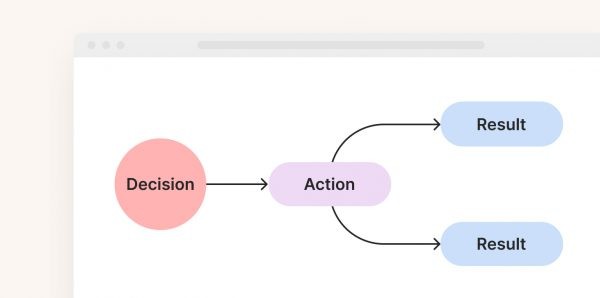Guide to Perfect iOS Paywall
Guide to Perfect iOS Paywall

Kate

Kate
Nov 17, 2021
Nov 17, 2021
As anyone involved in building a subscription-based product will tell you — paywalls are an imperative part of increasing install-to-trial and trial-to-paying-subscriber conversions. Hence, a lot of thinking goes into creating the perfect paywall for each step of the customer journey.
As anyone involved in building a subscription-based product will tell you — paywalls are an imperative part of increasing install-to-trial and trial-to-paying-subscriber conversions. Hence, a lot of thinking goes into creating the perfect paywall for each step of the customer journey.














